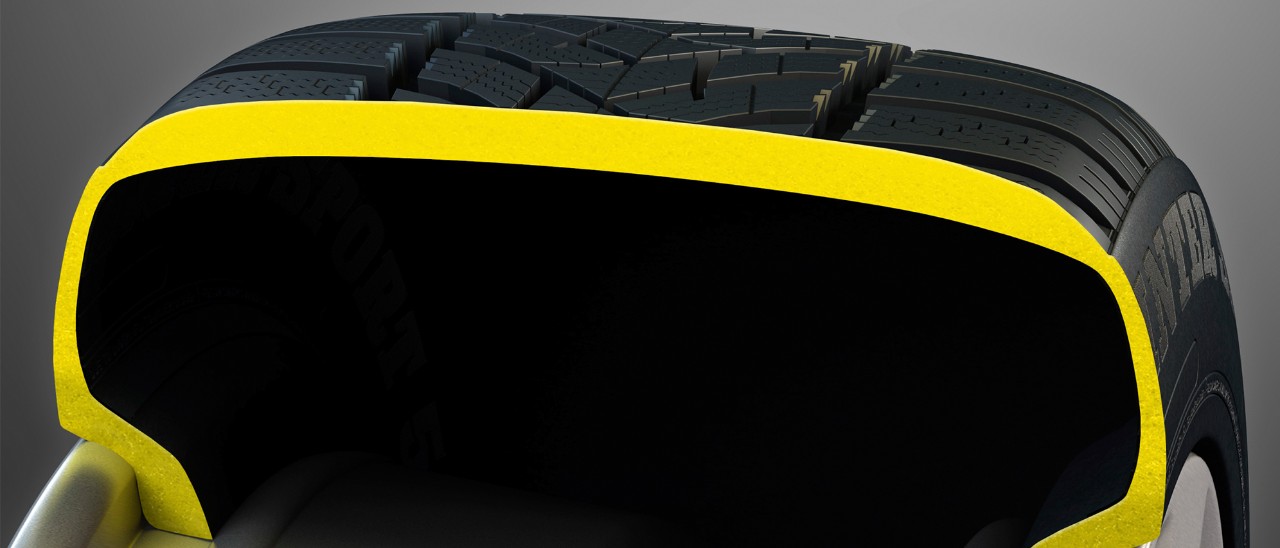There are three ways you can measure your tyre tread depth:

When you’re checking tyre tread depth, you should also be on the lookout for other signs of damage:
The legal limit for tyre tread in the UK is 1.6mm but it’s important to look after your tyres and check the tread often. For winter tyres, you should change your tyres when your tyre tread reaches 4mm.
A brand new set of tyres will have approximately of 8mm tread depth. So it goes without saying how much impact on grip, traction and braking distance there will be when this tread depth is reduced to 1.6mm.